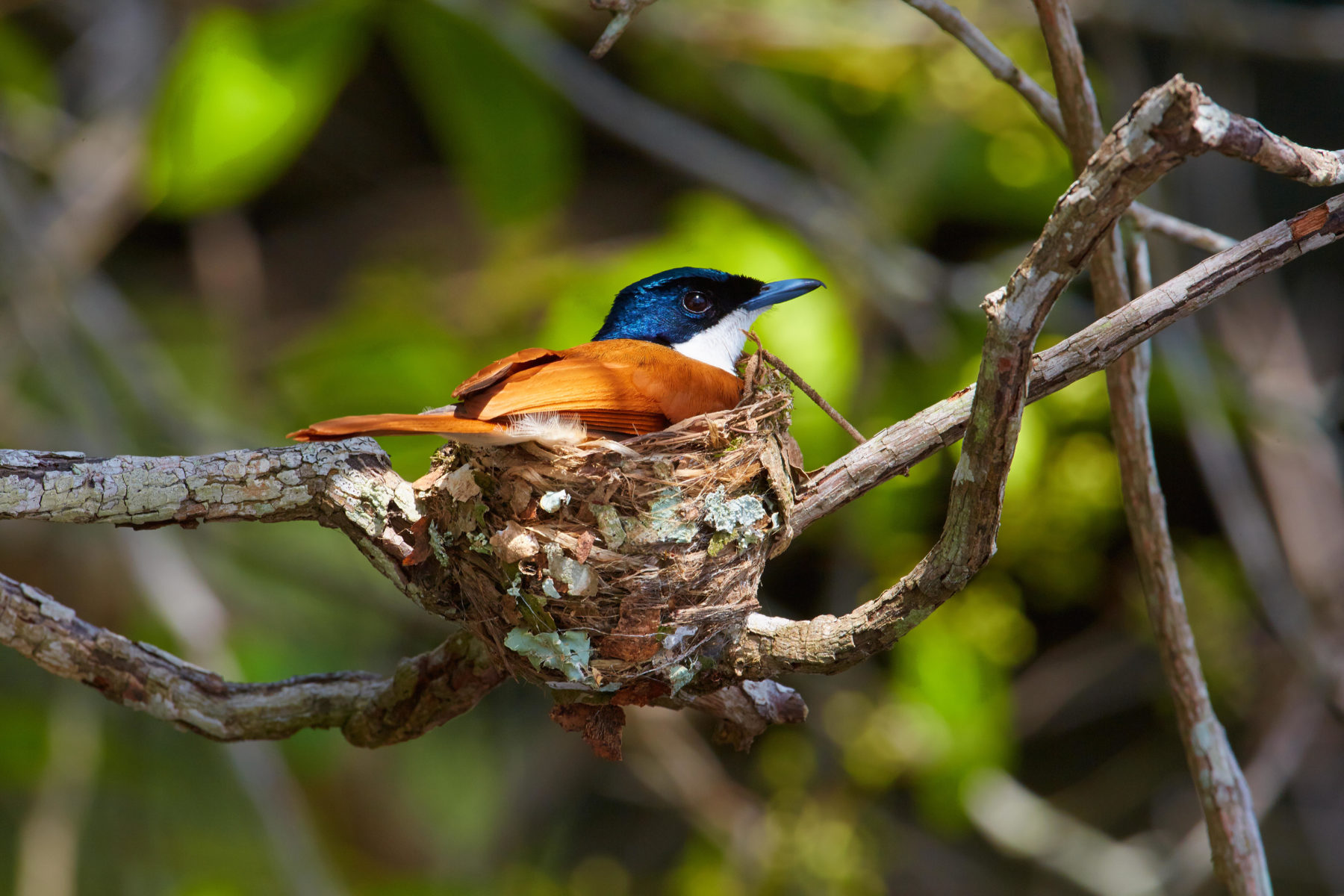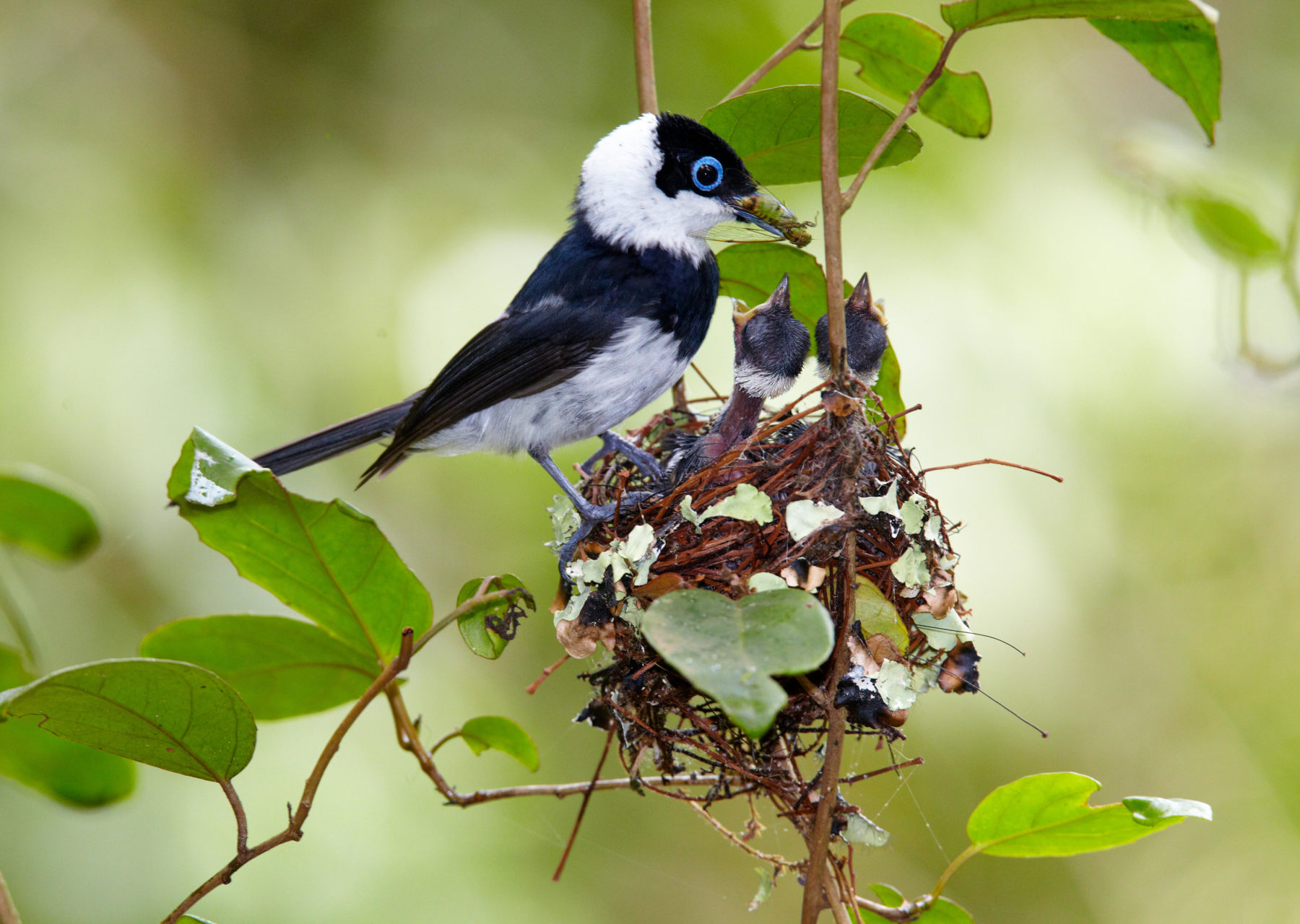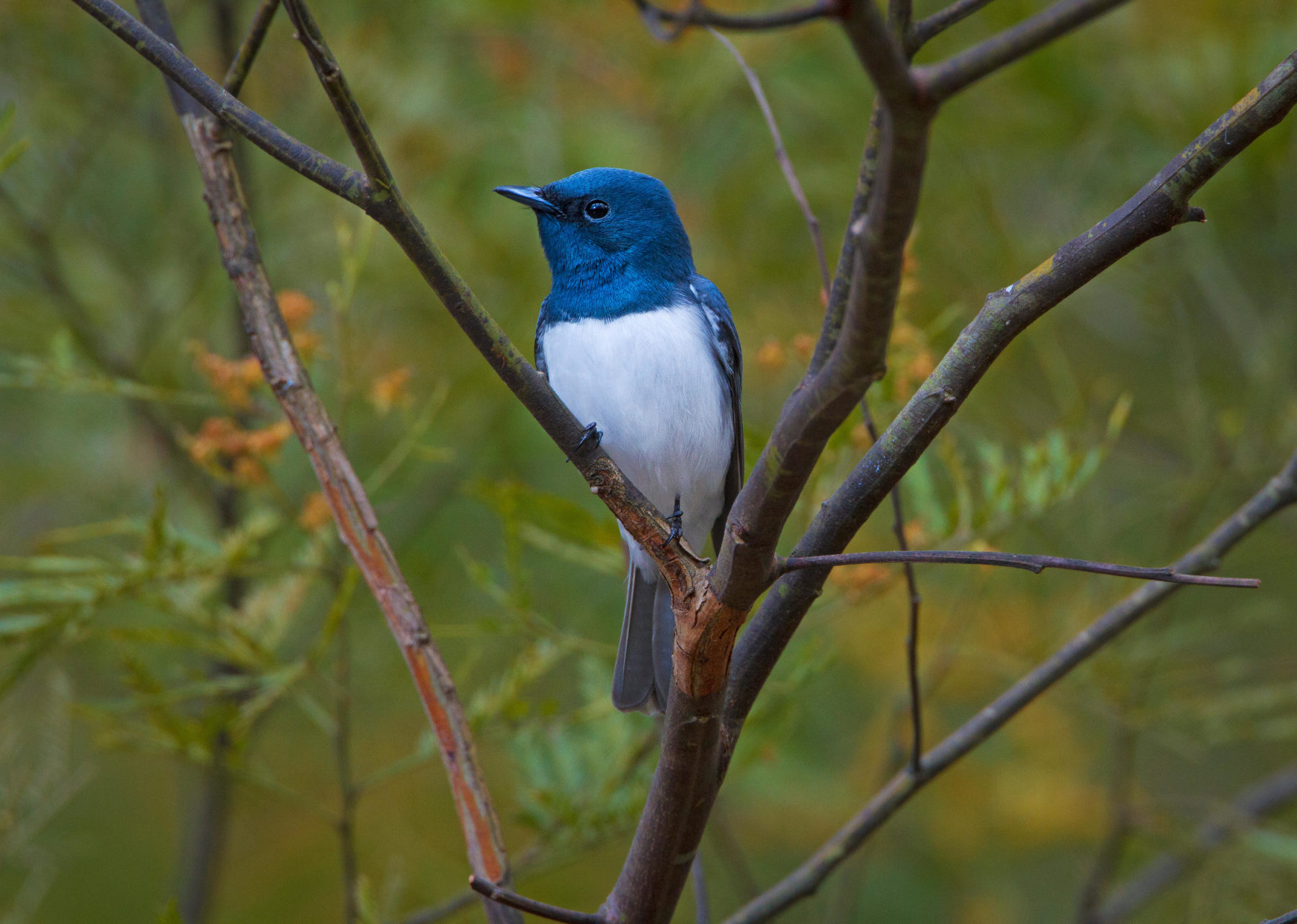The shining flycatcher almost doesn’t look real

Bec Crew
Bec Crew

Found in tropical northern Australia, as well as parts of Indonesia and New Guinea, this stunning songbird is best suited to life in mangroves, wetlands and moist lowland forests. It keeps itself to shaded areas under the canopy, rather than out in the open (which is a shame, considering how wonderful its plumage looks in the light).
With a name referencing Alecto, one of the three Furies in Greek mythology, the shining flycatcher (Myiagra alecto) is known for its restless activity – it’s always flitting around, pursuing insects on the forest floor and while in flight.
The species has distinctive sexual dimorphism (the males and females look very different). The male (pictured above) is metallic blue all over, whereas the female has a blue head and a chestnut and white body:

Shining flycatchers belong to the monarchs family (Monarchidae), a large group of insectivorous songbirds that are distinguished by their small size and long tails. The hundred-plus known species are found across sub-Saharan Africa, South-east Asia, Australasia and the Pacific islands. Many of them build cup-like nests like the one pictured above.
One such species is the pied monarch (Arses kaupi), a funny little bird that is endemic to the forests of coastal Queensland. It is known for the striking bright blue ring (or ‘wattle’) around its eyes and habit of puffing itself up like a marshmallow.
Here’s one with a very skilfully made cup nest:

The pied monarch has an unusual method of hunting down insects – it spirals up and around the trunk of a tree, covering a lot of ground in a short amount of time:
Another member of the monarch family, and close relative of the shining flycatcher, is the leaden flycatcher (Myiagra rubecula) from eastern and northern Australia and parts of Indonesia and Papua New Guinea.
In Sydney, it’s been nicknamed the frogbird – a rather unfortunate moniker for such an elegant-looking bird:

Its nickname refers to its distinctive, guttural call which, to be fair, actually does sound like a little frog croaking.
Here’s what to keep your ears and eyes peeled for, if you want to try and spot one of these beauties out in the wild:




